The high nutritional value and various desirable byproducts of Callinectes sapidus offer a unique opportunity to turn this invasive species into a valuable economic resource
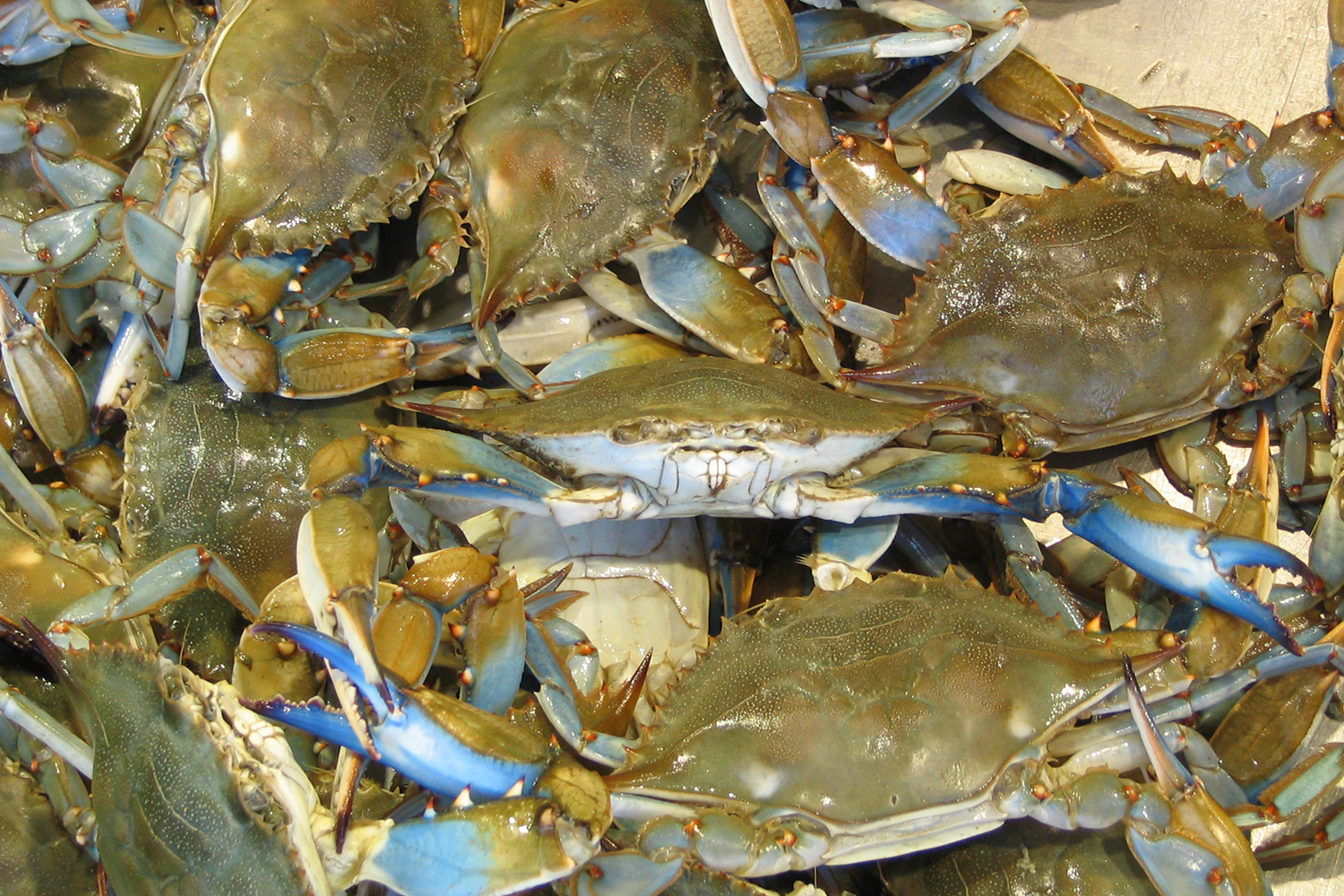
The Atlantic blue crab (Callinectes sapidus), native to the western Atlantic Ocean, is an opportunistic euryhaline (salinity tolerant) species whose life cycle occurs in both brackish and marine habitats, including estuaries, lagoons, and other coastal habitats. The successful spread of blue crabs across regions is due to their adaptable biological characteristics: rapid growth rates, opportunistic feeding (on vegetation, detritus, polychaetes, mollusks, crustaceans and fish), high reproductive rate, generalist habitat uses, long-distance larvae dispersal, and effective physical and aggressive behaviors, including scavenging and cannibalistic.
The species was accidentally introduced in the early 20th century into the Mediterranean Sea, likely through ballast water, and deliberately introduced in the Aegean Sea in the 1930s. It has since spread widely in the Mediterranean, the Black Sea, and along the European coasts of the Atlantic Ocean. Blue crabs have the potential to cause radical changes in the composition and structure of marine communities in coastal zones by competing with native species for resources.
Invasive blue crabs have a severe impact on artisanal fisheries, reducing both the quantity and quality of catches, and negatively affecting overall income. Despite the negative impacts, the blue crab could be considered a new source of income since, considering its high nutritional value, harvesting this species could help improve the economies of both the local fishing and processing sectors through its utilization in local industries and the valorization of byproducts. Turning the invasive blue crab into a commercial resource offers a novel solution in the European context to mitigate its negative impacts. Many efforts have focused on creating value-added products tailored to both local and national markets, despite the inherent challenges associated with the species’ low meat yield and high processing costs.
This article – summarized from the original publication [Arena, R. et al. 2024. Valorization of the Invasive Blue Crabs (Callinectes sapidus) in the Mediterranean: Nutritional Value, Bioactive Compounds and Sustainable By-Products Utilization. Mar. Drugs 2024, 22(9), 430] – discusses the potential to utilize blue crab by-products in the Mediterranean by promoting a circular economy and creating new industrial opportunities.
Nutritional aspects
In the Mediterranean, there is a growing interest in the potential of the blue crab as a food resource due to its high nutritional value. The meat, characterized by a delicate and sweet flavor and sold at a high market price, is rich in essential nutrients such as omega-3 fatty acids, vitamins, and minerals. Blue crab meat is rich in protein, typically ranging from 14 to 30 percent. This protein content is influenced by seasonal variations, with the lowest levels observed in autumn for both males and females and the highest values in the spring season, which could be due to the change in the carapace of blue crabs in autumn.
Like other crustaceans, this crab species has a low lipid content, typically between 0.4 and 4 percent, making it suitable for low-fat diets. The difference in lipid content between males and females is consistent across all seasons, with females consistently having significantly higher lipid content than males. Both male and female crabs have higher lipid content in winter, probably due to a metabolic strategy used by crustaceans to store high-energy compounds that will be useful during winter.
Regarding fatty acids profile, the predominant class is polyunsaturated fatty acid (PUFA) in all seasons. These include arachidonic acid, eicosapentaenoic acid (EPA) and docosahexaenoic acid (DHA). Several studies have shown that C. sapidus, despite its low-fat content, is an excellent source of omega-3 PUFA, particularly EPA and DHA, throughout the year, for both sexes and in all muscle types. Its consumption could meet the recommended dietary requirement of the n-3 fatty acids DHA and EPA in human diets.
Despite the high nutritional value of blue crab meat, the marketing and processing of this species are closely linked to meat yield, which is very low for this species. Meat yield depends on several factors, such as sex and processing methods. In fact, male crabs generally have a higher yield than females, as the latter consume more energy for vitellogenesis during the reproductive period. The yield also varies depending on whether the blue crabs are fresh or cooked and whether the product is processed mechanically or manually.
The potential applications of crab meat in producing crab-based products have been extensively studied in various crab species. These studies have shown promising results, indicating that the same approach can be applied to the blue crab. Recognizing the species as a new food source and exploring its potential applications can help to effectively tackle the challenges posed by its invasive nature. Moreover, this approach opens up exciting economic opportunities and promotes sustainable practices in the Mediterranean region. By utilizing the blue crab in the production of crab-based products, it is possible not only to reduce the negative impact of its invasive presence but also to contribute to the local economy and foster environmentally friendly practices.
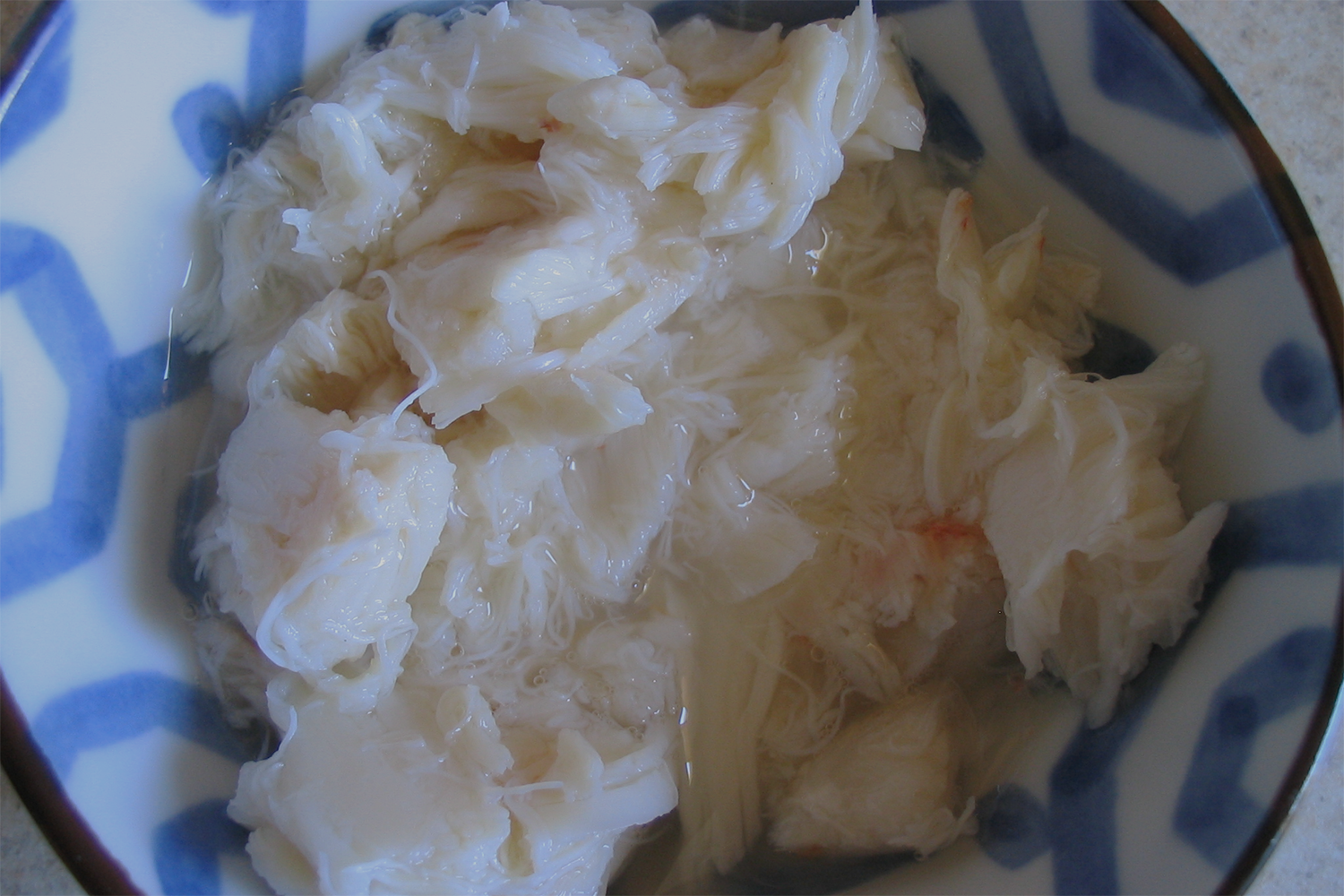
Valorization of byproducts
Globally, around 6–8 million tons of crab shells are produced each year, causing disposal problems and environmental concerns. Due to its low economic value and high disposal costs, most of this waste is actually disposed of in landfills. Crab shells and other crab byproducts are an important source of proteins, lipids, chitin, minerals (mainly calcium and magnesium carbonates) and pigments that can be processed into high-value products. Although the valorization of crustacean by-products has been widely discussed, very few studies have focused specifically on C. sapidus. These byproducts hold significant potential for the extraction of valuable compounds, including chitin, which is of particular interest for various industrial applications.
The shells of blue crabs are primarily composed of chitin, a polysaccharide that is the second most abundant biopolymer in the world after cellulose. Chitin is found in the exoskeletons of insects, the cell walls of fungi and algae, and marine invertebrates like crustaceans, including shrimp and crabs. Chitin and its derivatives, including chitosan, are of significant interest in research and industry due to their multiple applications in different sectors (food, agriculture, pharmaceutical and chemical), making it important to identify new sources.
Chitosan is a polysaccharide with many applications in different fields (clinical, cosmetic, food, pharmaceutical, agricultural, aquaculture and environmental) due to its non-toxicity, biodegradability, and adsorption and chelating ability. Chitosan can also be used as an alternative antimicrobial agent, as it possesses antimicrobial activity against many bacteria, fungi and yeasts. Furthermore, chitosan has excellent film-forming properties, making it suitable for applications in the food industry to preserve the quality of many foods.
Other studies have focused on various innovative and sustainable applications of blue crab shells, including the production of carbonaceous materials that can be used as effective adsorbents to reduce contaminants in the marine ecosystem and mitigate environmental pollution, with the potential for a wide range of industrial processes. This paves the way for numerous innovative applications based on the nanoscale porosity and chemical composition of crab shell derived materials after industrial processing.
The exoskeleton and cephalothorax of the blue crab include valuable carotenoid pigments, particularly astaxanthin. Astaxanthin is the major carotenoid pigment naturally occurring in marine crustaceans, known for its antioxidant and anti-inflammatory properties, and for its beneficial effects on human and animal health, which has significantly increased its demand in global markets. Several studies have highlighted the potential use of blue crab by-products as a valuable source of carotenoids, particularly astaxanthin. The recovered astaxanthin can be used in various sectors, including food, pharmaceuticals and cosmetics, providing a sustainable and natural alternative to synthetic carotenoids.
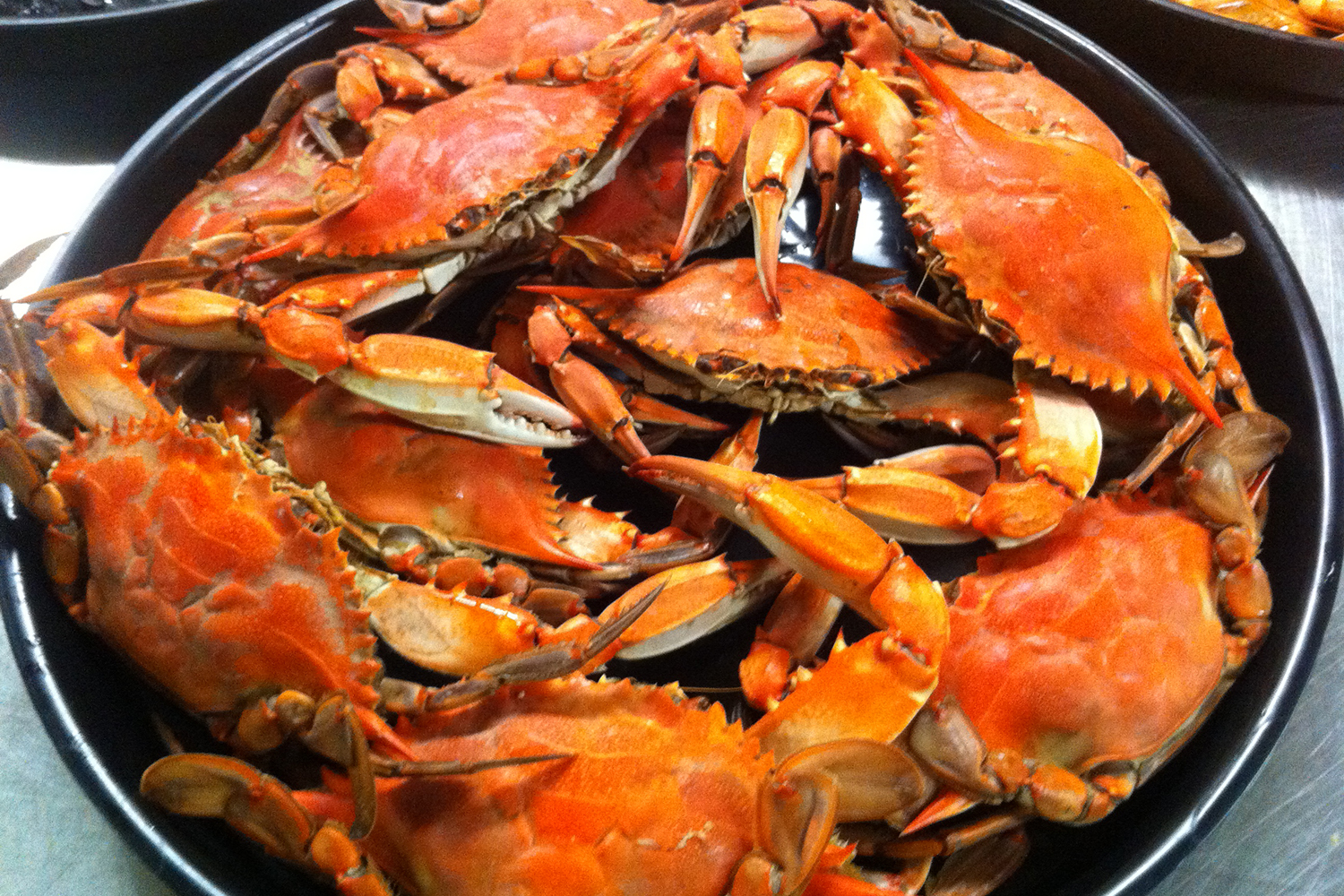
Potential future valorization
Addressing the challenges posed by the Atlantic blue crab invasion also requires social innovation, which involves new strategies, concepts, and ideas that meet social needs and create new social relationships or collaborations. This can include community-based management programs, educational initiatives, and public-private partnerships. By involving fishers, local businesses, and residents in decision-making processes, these programs can ensure that the solutions are locally appropriate and sustainable. For instance, fishers can be trained to catch blue crabs using methods that minimize ecological damage, while local businesses can be incentivized to develop and market blue crab products.
Similarly, educational Initiatives raise awareness about the blue crab issue and its potential solutions can inform the public about the ecological impacts of the blue crab and the benefits of its commercial utilization. Collaboration between government agencies, private enterprises, and academic institutions can drive innovation and investment in blue crab management and utilization. Such partnerships can facilitate research and development, streamline regulatory processes, and provide funding for new initiatives. For example, partnerships can support the development of new processing technologies or the exploration of alternative uses for blue crab byproducts.
By integrating social innovation into the management of the blue crab invasion, it is possible to create comprehensive and sustainable solutions that not only address the ecological and economic challenges but also enhance community resilience and social cohesion.
Perspectives
The Atlantic blue crab is a significant invasive species in the Mediterranean Sea, presenting both challenges and opportunities. On the one hand, its presence disrupts local ecosystems, leading to negative impacts on biodiversity and human activities such as fishing and tourism. The species competes with native marine life for resources, potentially leading to declines in native populations and altering the ecological balance.
On the other hand, the blue crab’s high nutritional value offers a unique opportunity to turn this invasive species into an economic asset. Its meat is rich in proteins, omega-3 fatty acids, and other essential nutrients, making it a valuable resource for the local fishing and industrial processing sectors. Additionally, the valorization of blue crab byproducts — including proteins, lipids, chitin, minerals and pigments — holds promise for various industries, including food, pharmaceuticals, and cosmetics. However, care must be taken to avoid the possible presence of heavy metals in blue crab shells in areas subject to industrial pollution. This approach not only helps mitigate the environmental impact of blue crab invasions but also promotes a circular economy by transforming waste into high-value products.
The process of integrating blue crab into local economies is not without its challenges. The low meat yield and high processing costs can make it difficult to commercialize on a large scale. Furthermore, while the potential benefits of utilizing blue crab by-products are significant, more research is needed to fully understand and optimize the bioactivity and industrial applications of all these promising components.
Addressing the blue crab invasion effectively requires a balanced approach that combines economic utilization with ecological management. Social innovation plays a critical role in this effort, with strategies such as community-based management programs, educational initiatives, and public–private partnerships being essential. Engaging local communities, fostering education, and promoting collaboration between various stakeholders can help develop sustainable solutions that not only mitigate the ecological impact of the blue crab but also enhance economic resilience.
Now that you've reached the end of the article ...
… please consider supporting GSA’s mission to advance responsible seafood practices through education, advocacy and third-party assurances. The Advocate aims to document the evolution of responsible seafood practices and share the expansive knowledge of our vast network of contributors.
By becoming a Global Seafood Alliance member, you’re ensuring that all of the pre-competitive work we do through member benefits, resources and events can continue. Individual membership costs just $50 a year.
Not a GSA member? Join us.
Author
-
Concetta María Messina, Ph.D.
Corresponding author
Laboratory of Marine Biochemistry and Ecotoxicology, Department of Earth and Marine Sciences DiSTeM, University of Palermo, Via Barlotta 4, 91100 Trapani, Italy
Tagged With
Related Posts
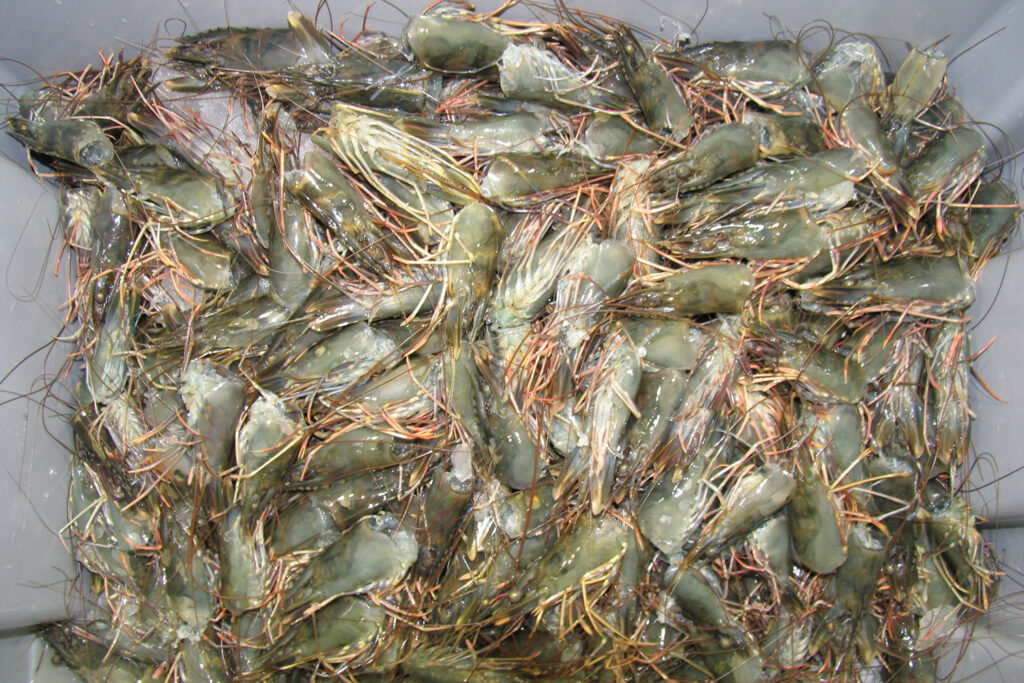
Aquafeeds
Aquafeed applications of shrimp processing waste
Products from shrimp processing waste are promising high-quality aquafeed ingredients that utilize and valorize shrimp solid waste streams.
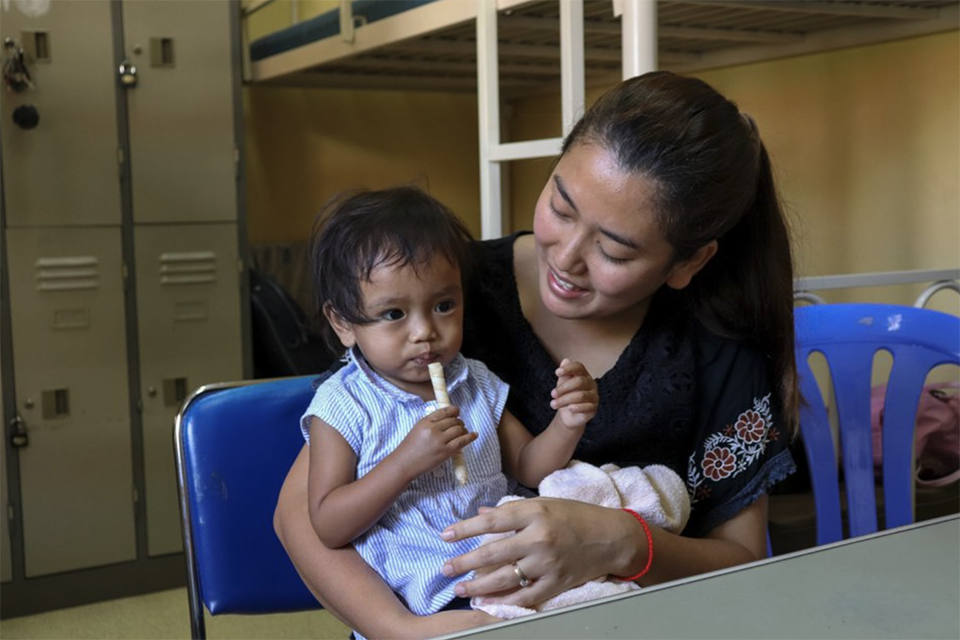
Responsibility
Eat the whole fish: A discussion of culture, economics and food waste solutions
The Big Fish Series explored the logistical and cultural challenges in front of greater whole-fish consumption and how much seafood is being wasted.
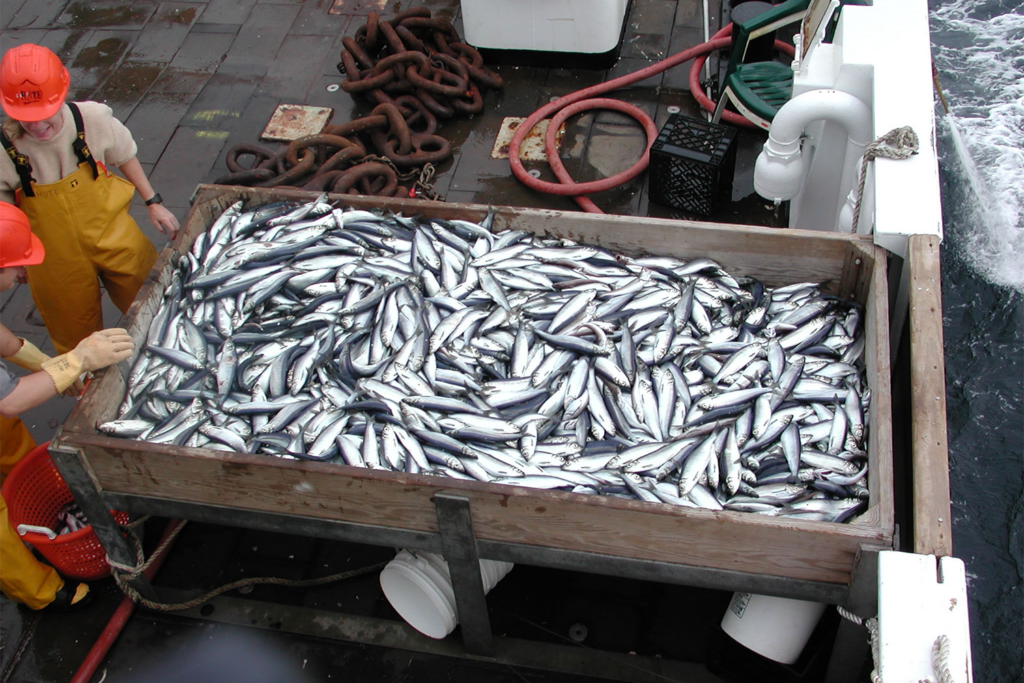
Fisheries
The WaSeaBi Project: Valorization of seafood side-streams through the design of new holistic value chains
Project supports economically viable fisheries and aquaculture, helping overcome barriers to the valorization of seafood side-streams.
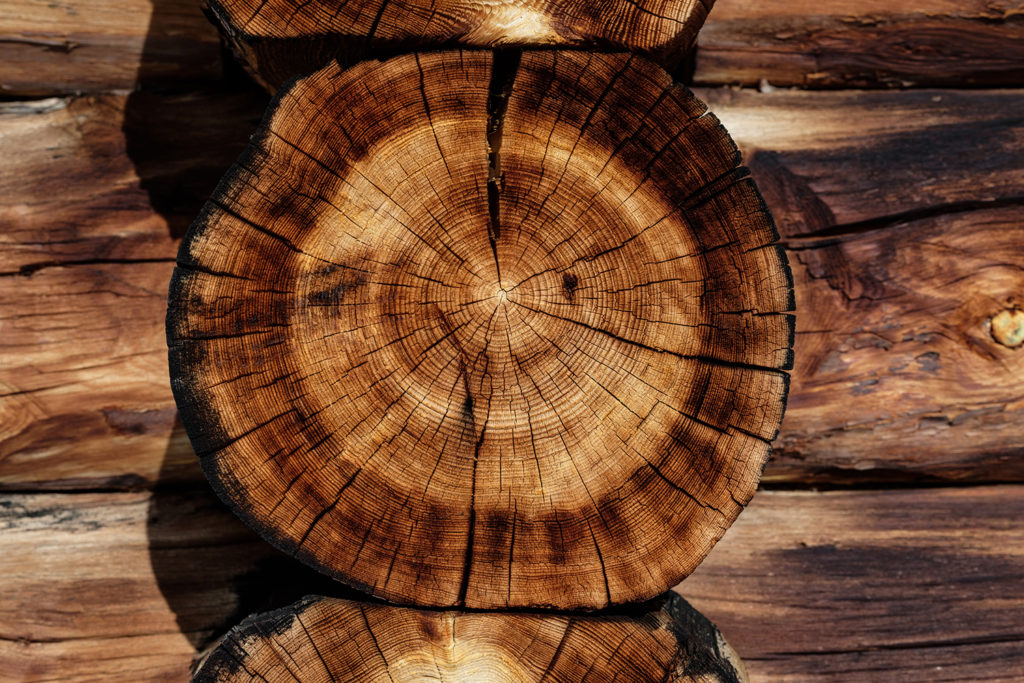
Aquafeeds
Wood you believe it – a fish feed ingredient from the forest?
Arbiom hopes to ride the wave of interest in novel feed ingredients and expand production of a nutrient-rich protein meal made from wood residues.



